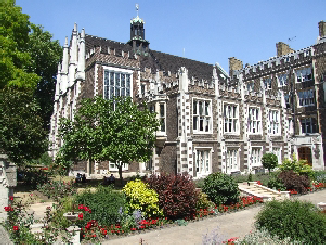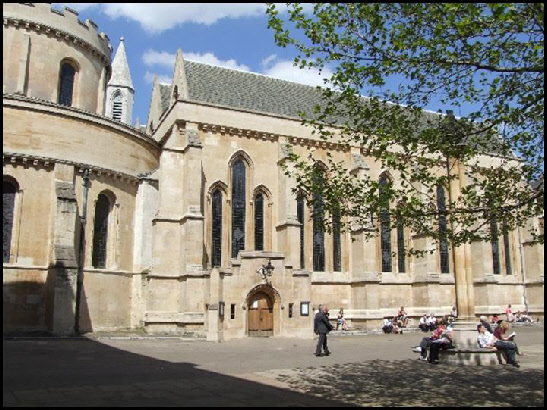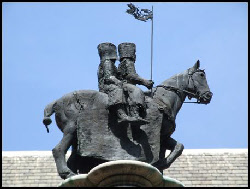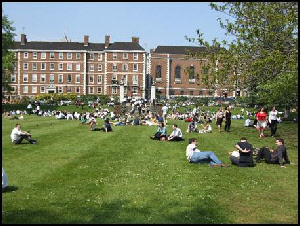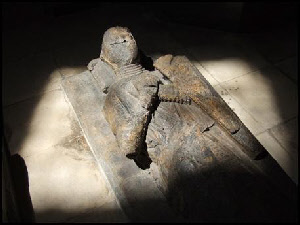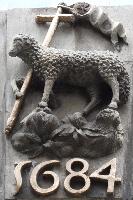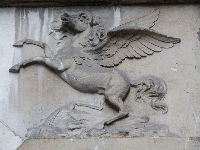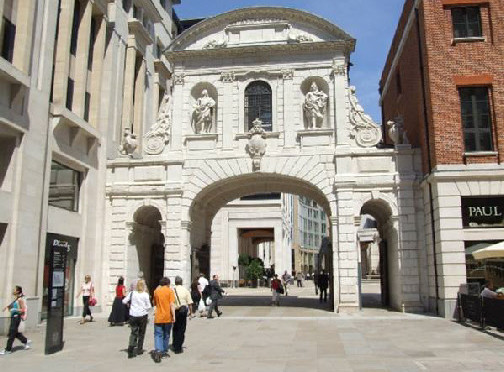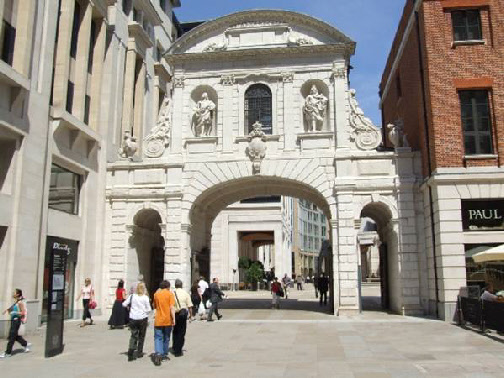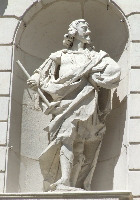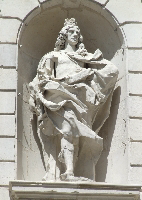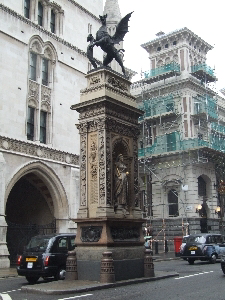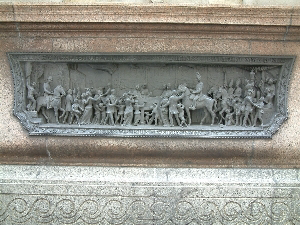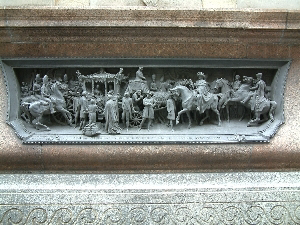Ever since a very good friend of mine from Waikato University said his family used to be members of the Knights Templar, I have had an interest, and looked out for mentions of them. Now that I am in Holborn, I have found out that this was a hotbed of Templar activity. You’ll have heard of Temple Underground station, downhill from there on the Embankment; the land it sits on, the gardens and the buildings to its north, are all on what was Templar property and are divided into Outer and Inner Temple, each with its own symbol.
The knighthood of the Templars was founded in Jerusalem in the 1100’s and because their headquarters were next to Solomon’s Temple, they named their land and buildings, in London and in Paris, “Temple.” In the 1300s the order was brutally suppressed and in London everything they owned was seized and sold. Since at least the 1600s there have been legal chambers in these buildings. This is now almost exclusively the domain of Legal London.
On most Wednesday lunchtimes there is an organ recital in the Temple Church, just off Fleet St, which attracts the best organists of London and the world.
The Templar knights are shown here doubled up on a horse because they were individually poor, whilst their order was collectively rich and powerful. This statue is on top of the Millennium Monument alongside the Temple Church.
These grounds of the Inner Temple, below, are a popular place for Fleet St workers to relax during their lunchtime. Many of the buildings are Victorian, but the most famous are Elizabethan. After you have had a quiet look through the Temple Church, see if you can talk your way into a tour of the Great Hall. Look for the Temple Fountain because it’s alongside the Hall.
This beautifully carved effigy, below, of an “Unknown knight” of the 13th Century is on the floor in the circular area of the Medieval and unique Temple Church, made famous recently by Dan Brown’s book “The DaVinci Code.”
Here are the symbols for the two great inns of court; Inner Temple, and Middle Temple.
This is the Hall of Inner Temple. It’s not easy to get inside to have a look around, but occasionally you might be lucky to arrive there on a visitors day; give it go, I’ve heard the interior is a pretty special sight.
